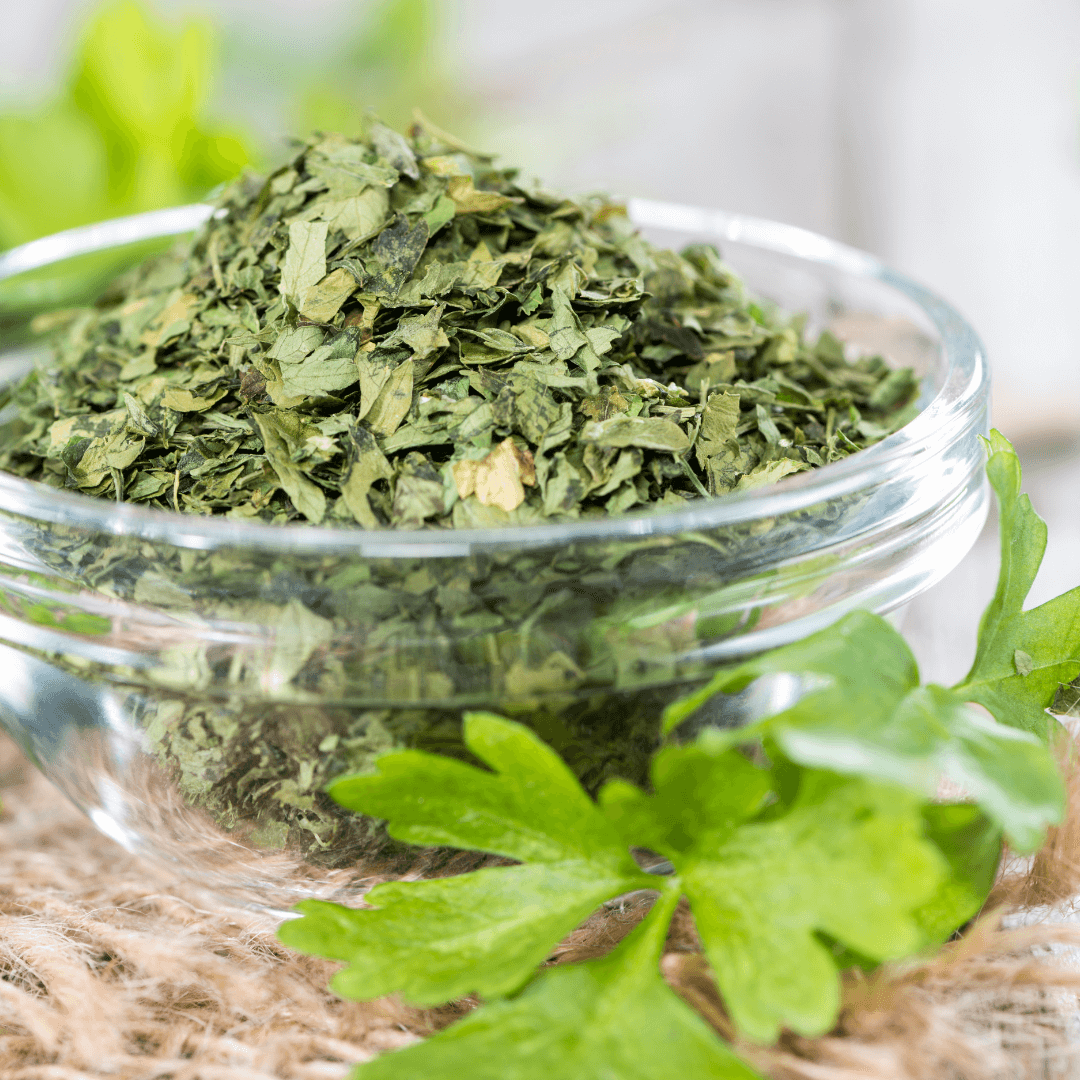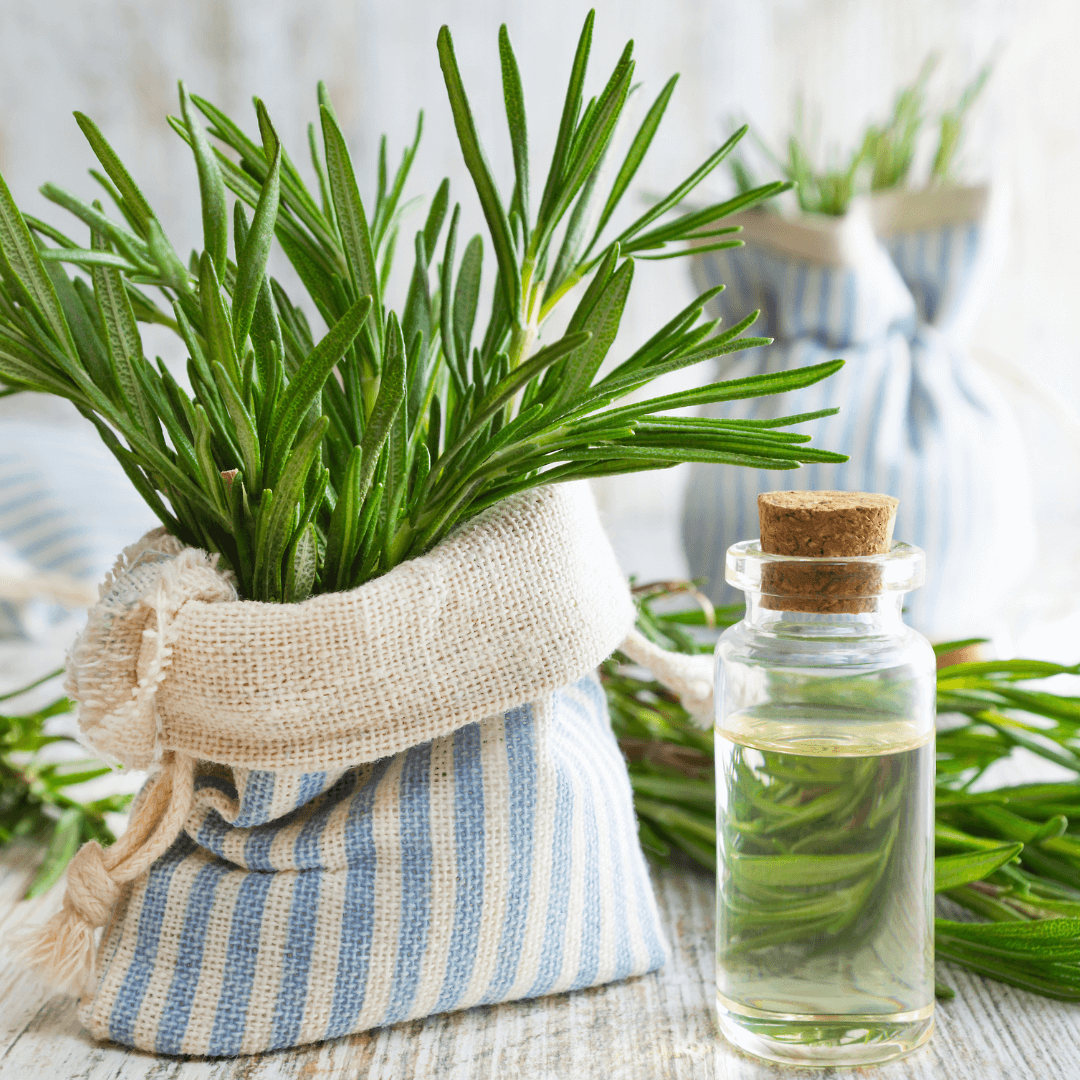1. German Chamomile: A Brief History and Plant Characteristics
German chamomile, or Matricaria recutita, is an annual herb native to Europe and Western Asia. It belongs to the Asteraceae family and has been used for centuries in herbal remedies, including teas, tinctures, and creams.
History of the Seed: German chamomile has a long history of use for its calming properties and soothing effects on the skin.
Days till maturity: 60-65 days
Planting depth: ¼ inch deep
Plant spacing: 6-8 inches apart
Days to germination: 7-14 days
Start indoors or direct sown: German chamomile seeds can be started indoors or directly sown in the garden.
Full sun or partial shade: Prefers full sun, but can tolerate partial shade.
When to harvest: Harvest flower heads when fully open, typically in the morning.
Plant height: 18-24 inches tall
Plant width: 12-18 inches wide
Native: Europe and Western Asia
Family: Asteraceae
German Chamomile Seeds
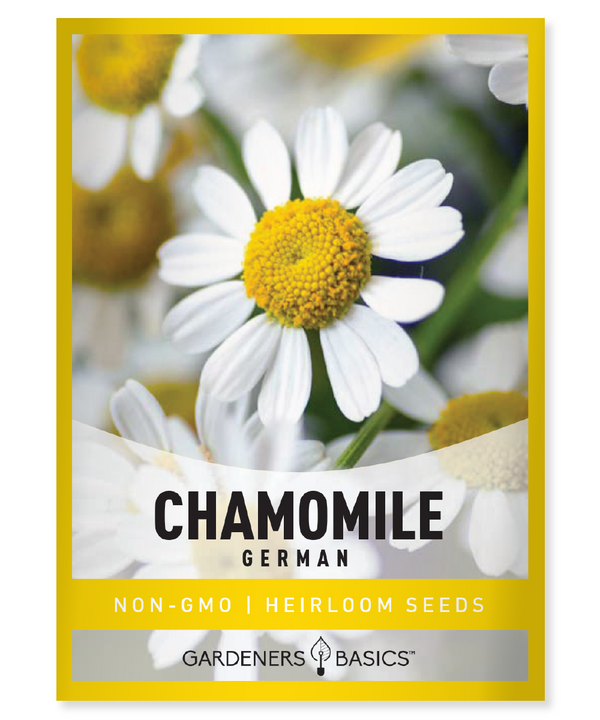
$2.49
German Chamomile Seeds - Heirloom, Non-GMO, Non-Hybrid, Open-Pollinated Grow your own calming, fragrant herb garden with our German Chamomile seeds, perfect for tea, essential oils, and pollinator-friendly gardens. These heirloom, non-GMO, non-hybrid, open-pollinated seeds are ideal for gardeners looking to… read more
2. Choosing the Right Seeds
To grow chamomile from seed, start by selecting high-quality German chamomile seeds from a reputable supplier. Opt for organic, non-GMO herb seeds whenever possible to ensure a healthy and thriving plant.
3. Preparing to Plant Chamomile
Before planting, it's essential to prepare the soil and choose the right spot in your garden. Chamomile prefers well-draining soil with a pH between 5.6 and 7.5. Amend your soil with organic matter, such as compost or aged manure, if necessary.
Choose a location with full sun exposure for the best results, although chamomile can tolerate partial shade.
Determine your local frost date and plan to sow seeds outdoors two weeks before this date, or start seeds indoors 6-8 weeks before the last expected frost.
4. Planting German Chamomile Seeds
Starting Indoors
- Fill seed trays or small pots with a high-quality, well-draining potting mix.
- Sow seeds ¼ inch deep, gently pressing them into the soil.
- Keep the soil moist but not waterlogged by misting or using a drip system.
- Place seed trays in a warm location (65-70°F) with indirect sunlight.
- Monitor and maintain soil moisture until germination occurs, which should take 7-14 days.
- Once seedlings have two sets of true leaves, transplant them to larger pots or outdoors after the risk of frost has passed.
Direct Sowing
- Loosen the soil and remove any weeds or debris.
- Sow seeds ¼ inch deep and 6-8 inches apart.
- Water gently and keep the soil moist until germination occurs, which should take 7-14 days.
- Thin seedlings if necessary, maintaining a spacing of 6-8 inches between plants.
5. Caring for German Chamomile Plants
Proper care is essential for the growth and health of your German chamomile plants. Follow these tips to ensure success:
Watering
Keep the soil consistently moist, but not waterlogged. Over-watering can lead to root rot and other diseases. As the plants mature, they become more drought-tolerant but still require regular watering, especially during hot and dry periods.
Fertilizing
Chamomile is not a heavy feeder, so it doesn't require much fertilization. Adding organic matter to the soil before planting should provide sufficient nutrients. If you notice signs of nutrient deficiency, such as yellowing leaves or stunted growth, apply an organic, slow-release fertilizer.
Weeding and Mulching
Keep the area around your chamomile plants free of weeds, as they can compete for resources. A layer of organic mulch, such as straw or wood chips, can help suppress weeds and retain soil moisture.
Pest and Disease Control
German chamomile plants are relatively pest and disease-resistant. However, they can be susceptible to aphids, mealybugs, and powdery mildew. Monitor your plants regularly and use organic pest control methods, such as insecticidal soap or neem oil, as needed.
6. Harvesting Chamomile Flowers
To harvest chamomile flowers, pick the flower heads when they are fully open, typically in the morning after the dew has dried. Use your fingers or small scissors to snip the flower heads, leaving a short stem. Harvesting regularly will encourage more blooms throughout the season.
7. Drying and Storing Chamomile Flowers
To dry chamomile flowers, spread them out in a single layer on a clean, dry surface, such as a screen or paper towel. Place them in a well-ventilated area, away from direct sunlight. Allow them to dry for 1-2 weeks, or until the flower heads feel dry and brittle.
Store dried chamomile flowers in an airtight container, such as a glass jar, away from direct sunlight and heat. They can be used in teas, tinctures, or other herbal remedies.
8. Using Chamomile as a Companion Plant and Ground Cover
German chamomile makes an excellent companion plant, attracting beneficial insects and pollinators to your garden. Plant it near vegetables, like cabbage and onions, to deter pests and improve overall plant health.
Roman chamomile, a perennial relative of German chamomile, can serve as an aromatic ground cover. It is low-growing and spreads by rhizomes, making it a beautiful and fragrant addition to pathways and garden borders.
9. Additional Tips for Growing Healthy Chamomile
Here are some extra tips to help your chamomile plants thrive:
Adequate Air Circulation
Good air circulation is essential for reducing the risk of fungal diseases, such as powdery mildew. When planting chamomile, ensure there is enough space between plants to promote air circulation. If you're growing chamomile indoors or in a greenhouse, use a fan to help with air circulation.
Pruning
Pruning chamomile plants can encourage bushier growth and more blooms. When the plants reach 6 inches tall, pinch back the growing tips to promote branching. You can also remove any dead or damaged leaves and stems throughout the growing season.
Succession Planting
To ensure a continuous supply of chamomile flowers, consider succession planting. This involves sowing seeds every 2-3 weeks during the growing season. This will provide you with a steady supply of fresh chamomile flowers for harvesting.
10. Chamomile as a Companion Plant: Exploring the Benefits
As mentioned earlier, German chamomile makes an excellent companion plant in the garden. Let's explore some of the specific benefits of companion planting with chamomile:
-
Attracts beneficial insects: Chamomile flowers attract pollinators like bees and butterflies, as well as beneficial insects such as ladybugs and lacewings that help control common garden pests.
-
Improves soil quality: The deep root system of chamomile plants can help break up compacted soil and improve its structure. Additionally, chamomile is known to accumulate potassium, calcium, and sulfur, which are essential nutrients for plant growth.
-
Complements other herbs: Chamomile can be planted alongside other herbs, such as lavender, lemon balm, and mint. These herbs not only grow well together but can also be used in combination for various herbal remedies and teas.
11. Exploring the Herbal Uses of German Chamomile
German chamomile has been used for centuries in traditional medicine, and its soothing and calming properties are well-documented. Here are some of the most common uses for chamomile:
-
Chamomile tea: Dried chamomile flowers can be steeped in hot water to make a calming tea that helps with insomnia, anxiety, and digestive issues.
-
Herbal baths: Adding chamomile flowers to a warm bath can help soothe irritated skin and promote relaxation.
-
Skincare: Chamomile is often used in creams, salves, and lotions to soothe skin irritation, rashes, and eczema.
-
Tinctures and extracts: Chamomile can be made into a tincture or extract, which can then be taken orally or applied topically for various health benefits.
-
Aromatherapy: The essential oil of chamomile is used in aromatherapy to promote relaxation and reduce stress.
Popular Herb Seeds for Planting | 35 Variety Pack
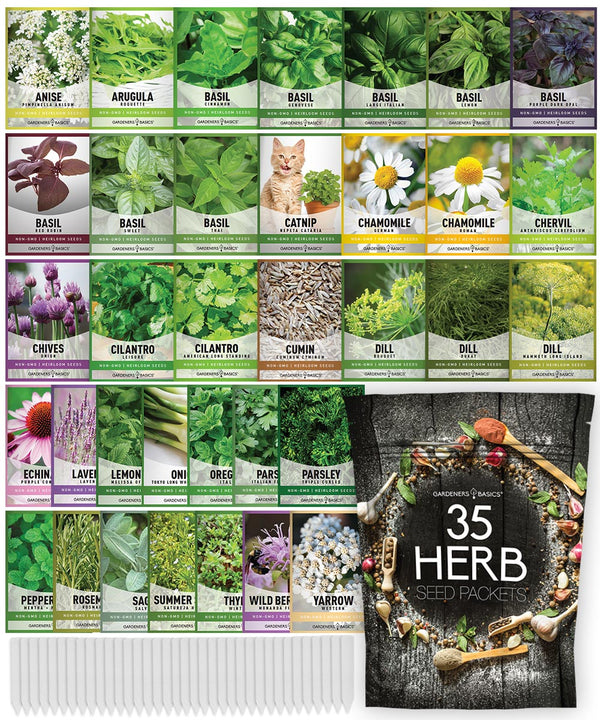
$29.95
$49.95
Heirloom, non-GMO herb seeds for indoor and outdoor home gardens! Introducing our 35 Herb Seeds Variety Pack, the ultimate selection for any herb garden enthusiast! This premium assortment includes heirloom herb seeds that are non-hybrid, open-pollinated, and non-GMO, ensuring you get only… read more
12. Propagating German Chamomile
While German chamomile is typically grown from seed, it can also be propagated from cuttings or division. Here's how:
Cuttings
- Take a 4-6 inch cutting from a healthy chamomile plant, ideally with a flower bud or two.
- Remove the lower leaves, leaving only the top two sets of leaves.
- Dip the cut end in the rooting hormone, if desired, to encourage faster root development.
- Plant the cutting in a small pot filled with moist, well-draining potting mix.
- Place the pot in a bright, indirect light location and maintain consistent moisture.
- After a few weeks, roots should begin to develop. Gently tug on the cutting to check for resistance, which indicates that roots have formed.
- Once the cutting has established a healthy root system, transplant it into a larger pot or garden.
Division
- In early spring or late fall, carefully dig up a mature, healthy chamomile plant, taking care not to damage the root system.
- Gently tease apart the root ball into smaller sections, each with a portion of roots and foliage.
- Replant the divisions in separate pots or a new location in the garden, maintaining the original planting depth.
- Water the transplanted divisions well and continue to provide proper care.
By following these steps, you can create new chamomile plants to expand your herb garden or share with friends and family.
 13. Saving German Chamomile Seeds for Future Planting
13. Saving German Chamomile Seeds for Future Planting
German chamomile plants can self-seed, but you can also collect and save seeds for future planting. To do so, follow these steps:
- Allow some of the chamomile flower heads to remain on the plant and mature until they turn brown and dry.
- Carefully remove the dried flower heads and place them in a paper bag or on a tray.
- Gently crush the flower heads to release the small, brown seeds.
- Separate the seeds from the chaff using a fine sieve or by winnowing (blowing away the chaff while the seeds remain behind).
- Store the seeds in a cool, dry place in a labeled, airtight container until you're ready to plant them.
By saving your own German chamomile seeds, you can ensure a continuous supply of this beautiful and beneficial herb for years to come.
Growing German chamomile from seed is a rewarding experience, offering not only aesthetic beauty but also numerous health benefits and uses. By following this comprehensive guide, you'll be well-equipped to successfully grow, care for, and harvest your own German chamomile plants. Enjoy the process of nurturing these delightful herbs and reaping the rewards of their calming, soothing properties.



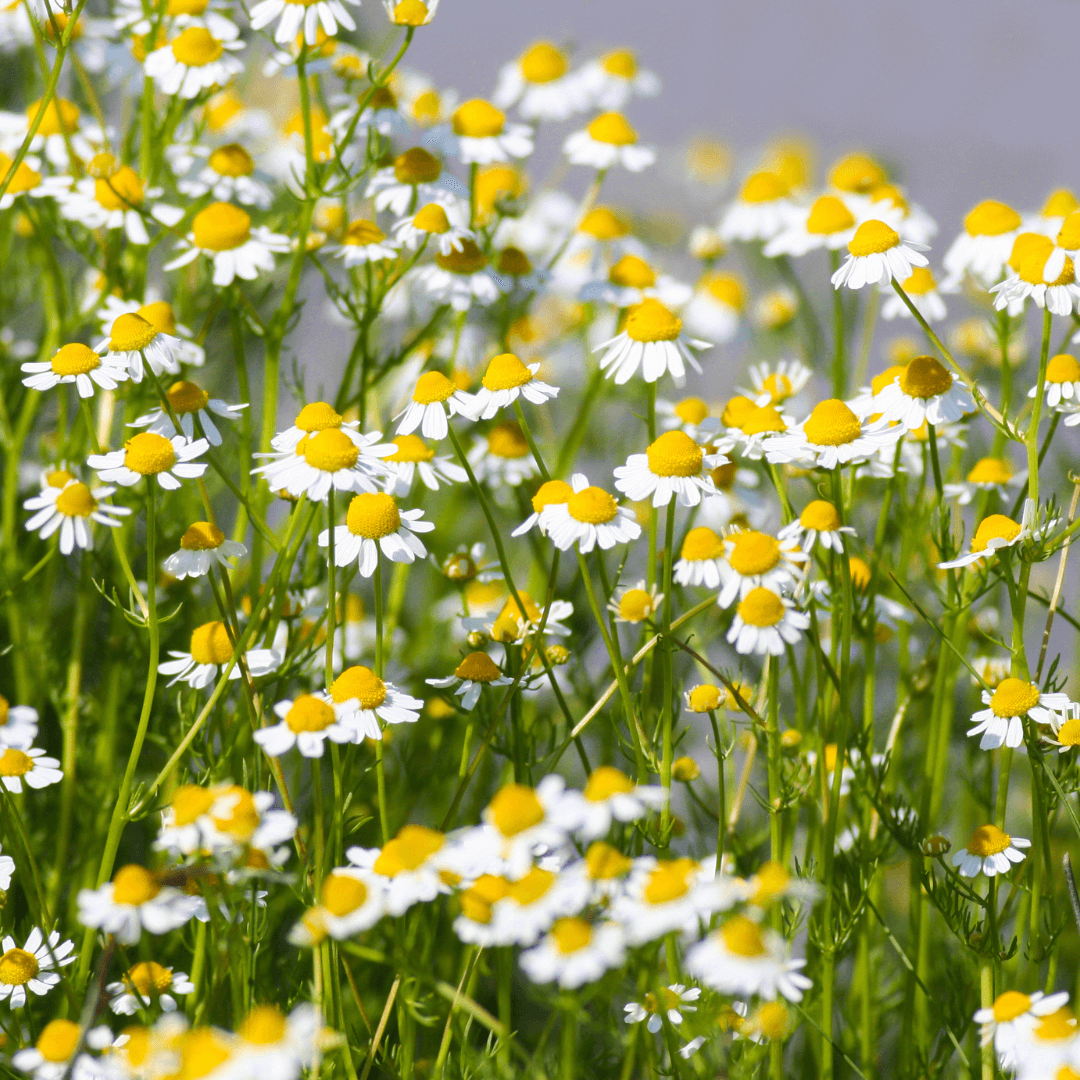

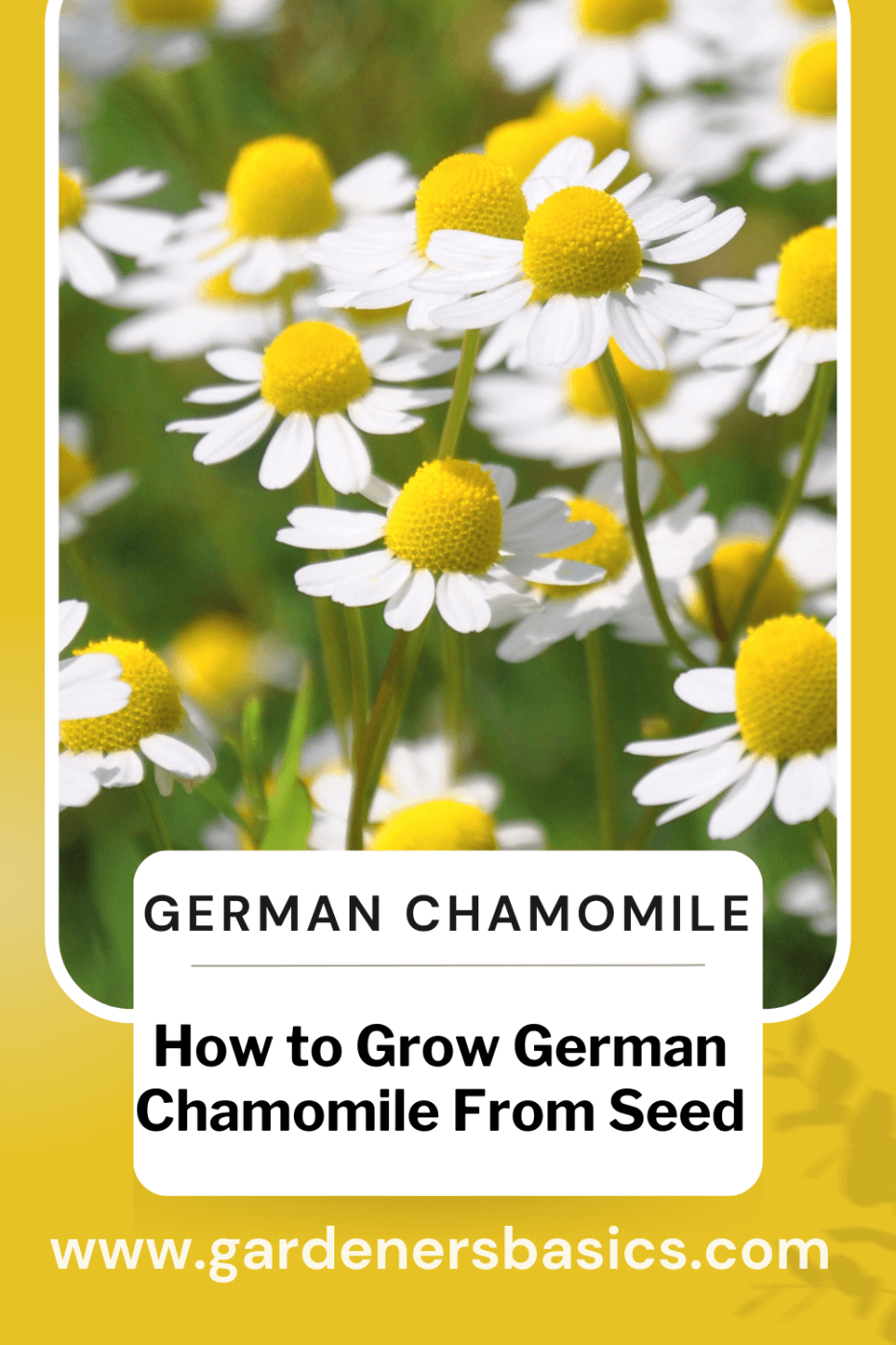 13. Saving German Chamomile Seeds for Future Planting
13. Saving German Chamomile Seeds for Future Planting